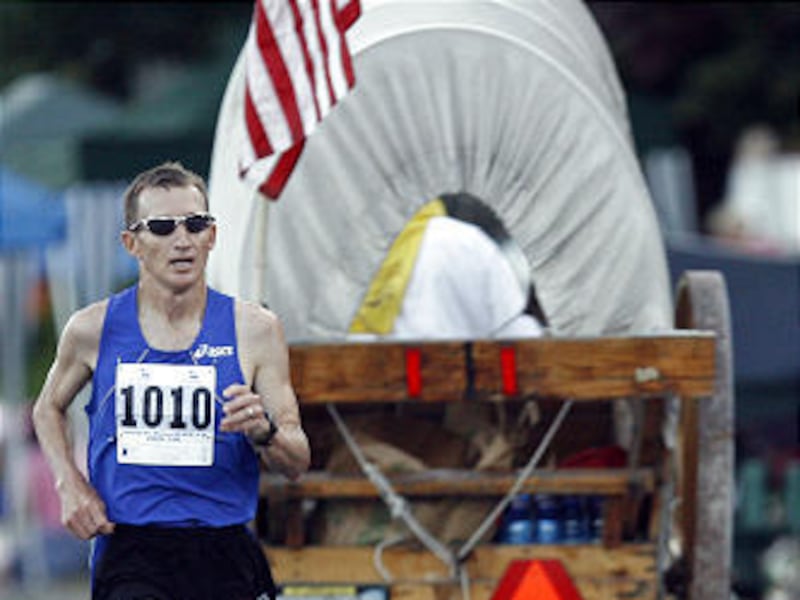Imagine if the pioneers crossing the Great Plains in the mid-1800s were instead making their entrance into the Salt Lake Valley this weekend.
What would they find some 150 years later? What would pique their 19th-century interests?
Established communities, with zoning mandating the location of homes, commerce, industry and agriculture.
Some of the largest structures in the valley — many taking up more area than these large city blocks — given to shopping (malls) and sports (arenas and stadiums).
Diversity in race, religion and class.
An established local government, a federal government cooperation, a military presence.
A welcome from some in the community — calls by others to check their immigration status.
Streets, avenues, boulevards and parkways instead of wagon paths and horse trails — to say nothing of the multi-lane highways and freeways.
Transportation fuel being measured by the gallons and the dollars, rather than by the bushel and the pennies.
Horsepower beyond a comprehension of that term.
Emissions controls meaning more than just watching where you step.
Fast food being something other than wildlife scampering into the brush and out of rifle range.
Education and technology. Entertainment and recreation. Enterprise and opportunity.
It's amazing what has risen from this desert valley floor and all along the Wasatch Front over the past century and a half. The results can be attributed to the so-called "pioneering spirit."
That phrase is frequently used to describe the enabling of progress, the initiative of innovation. It's a perseverance and pluckiness in overcoming obstacles. It fosters new activities, new inventions and new processes; it follows a vision for future improvement and enhancement.
As part of the general westward movement of their day, Utah's pioneers shared that same sense of dedication and determination during their relocation efforts covering more than a thousand miles by wagon or handcart, on horseback or on foot.
But the "pioneer spirit" of those people — mostly of the Mormon faith and looking to establish a community where their values and practices would be unmolested by those outside The Church of Jesus Christ of Latter-day Saints — was more than merely perseverance and progress.
For those arriving in 1847 and the decades afterward, their true pioneering spirit embodied faith, obedience and sacrifice.
Innovation, perseverance and progress … faith, obedience and sacrifice. They're not conflicting themes of a pioneering spirit.
Returning to our "what-if" of 19th-century pioneers arriving in a modern-day Salt Lake Valley, they certainly would be shocked and amazed when shown the latest models of cars, computers and cell phones.
One would hope their reaction wouldn't be mirrored by our society's response to their commitment to and display of faith, obedience and sacrifice — tenets just as valuable for our day.


